Browse: Home / Cloud Climate Influence
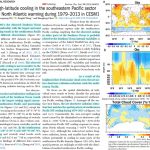
By Kenneth Richard on 1. July 2024
Scientists attempt to explain why approximately one-third of the global ocean’s sea surface temperatures cooled since the late 1970s. The 50-70°S Southern Ocean and 160°W to 80°W southeastern Pacific cooled by about -0.35°C (-0.117°C per decade) from 1979-2013 (Yao et al., 2024). (The cooling also continued to 2019, but the authors chose to use 2013 […]
Posted in Cloud Climate Influence, Cooling/Temperature, Oceans |
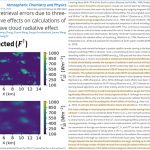
By Kenneth Richard on 24. June 2024
Modeling the main factors driving climate is riddled with and precluded by observational error. Some scientists now acknowledge this. Clouds are a main factor – even the “most important factor” – controlling changes in the Earth’s radiation budget, or climate (Sfîcă et al., 2021, Lenaerts et al., 2020). Image Source: Sfîcă et al., 2021 and […]
Posted in Cloud Climate Influence, Uncertainty Error |
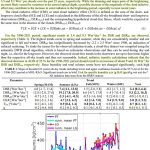
By Kenneth Richard on 29. April 2024
Across Europe there has been a downward trend in cloud and aerosol albedo over the last 40 years, allowing more solar radiation to reach the surface. This “brightening” effect thus explains recent warming. A new study (Wacker et al., 2024) from a “testbed site” in Germany reports total and direct shortwave (SW) radiation forcing rose […]
Posted in Cloud Climate Influence, Solar Sciences |
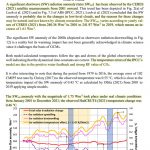
By Kenneth Richard on 7. September 2023
More and more evidence is emerging that the modern warming trends are naturally driven, not anthropogenic. Per CERES observations the surface incident shortwave (SW) radiation anomaly increased by +1.61 W/m² from 2001 to 2019, and +1.75 W/m² from 2001 to 2021 (Ollila, 2023). This SW increase is likely due to natural variations in cloud cover […]
Posted in Cloud Climate Influence, Natural Variability, Solar Sciences
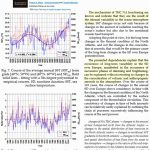
By Kenneth Richard on 7. August 2023
Changes in cloud cover over Europe and the North Atlantic have been observed to be a significant driver of sunshine duration (SD) changes, and thus climate change, in this region. Changes in cloud cover are “the result of internal variability in the ocean-atmosphere system.” Previously, the non-linear, oscillatory climate variations over Europe had been assumed […]
Posted in Cloud Climate Influence, Natural Variability |
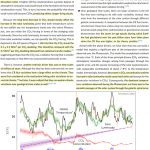
By Kenneth Richard on 3. July 2023
Per a new study, million-year variations in cosmic rays (CR) modulating cloud cover, which, in turn, drives variations in incident solar radiation on short- and long-term timescales, is the dominant cause of million-year climate variations, explaining all 7 Ice Age epochs over the Phanerozoic. In contrast, declining CO2 and rising solar luminosity over the last […]
Posted in Climate Sensitivity, Cloud Climate Influence, Paleo-climatology |

By Kenneth Richard on 15. June 2023
Scientists have determined the error in calculating effects of shortwave cloud forcing on climate spans 82-132 W/m² since the mid-1990s. Total clear-sky climate forcing linked to CO2 since 1750 is 1.8 W/m². Therefore, there is no way to accurately determine anthropogenic CO2’s capacity to influence climate. Even NASA acknowledges that for climate models to be […]
Posted in Cloud Climate Influence, Models |
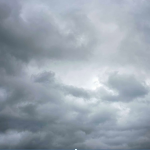
By P Gosselin on 9. June 2023
The higher temperatures are clearly attributable to a reduction in cloud cover, not CO2 The DIY way to demystify “greenhouse gas” claims Rapidly rising temperatures and drought in parts of central Europe are caused by a long-term trend of receding cloud cover. Fewer clouds result in increased solar energy influx and reduced downpour. Both factors […]
Posted in Climate Sensitivity, Cloud Climate Influence, CO2 and GHG |
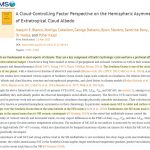
By Kenneth Richard on 11. May 2023
The claim that rising global surface temperatures will induce more storm activity is contradicted by observations. Scientists reporting on the contrasting albedo effects of clouds in the Northern vs. Southern Hemispheres (Blanco et al., 2023) assess clouds have a “profound” effect on the global radiation budget and thus our climate. The Southern Hemisphere is cloudier […]
Posted in Cloud Climate Influence, Cooling/Temperature
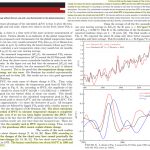
By Kenneth Richard on 8. May 2023
Data analysis again reveals the increase in absorbed shortwave forcing has been driving modern climate change since the 1970s. CO2 changes are more of an effect than a cause of temperature increases. Scientists have for years been pointing to the causality sequencing problem inherent in the claim that CO2 is the driver of temperature changes. […]
Posted in Climate Sensitivity, Cloud Climate Influence, CO2 and GHG |

By Kenneth Richard on 10. April 2023
In the satellite era scientists have continued to observe the Earth’s total greenhouse effect (which includes effects from greenhouse gases and clouds) exerting an overall negative impact (cooling) on surface temperatures since the 1980s. This rules out both CO2 and an enhanced greenhouse effect as drivers of global warming. Earth’s total greenhouse effect impact on […]
Posted in Climate Sensitivity, Cloud Climate Influence, CO2 and GHG |
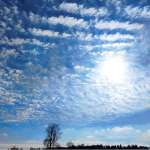
By P Gosselin on 21. February 2023
Do you feel helpless when trying to assess the veracity of “climate doom is looming” claims we are constantly bombarded with? For ordinary citizens, it seems nearly impossible to tell right from wrong when it comes to assess such claims. Don’t give up trying to understand the relevant basics, there is a rather simple way […]
Posted in Cloud Climate Influence, CO2 and GHG |

















Recent Comments